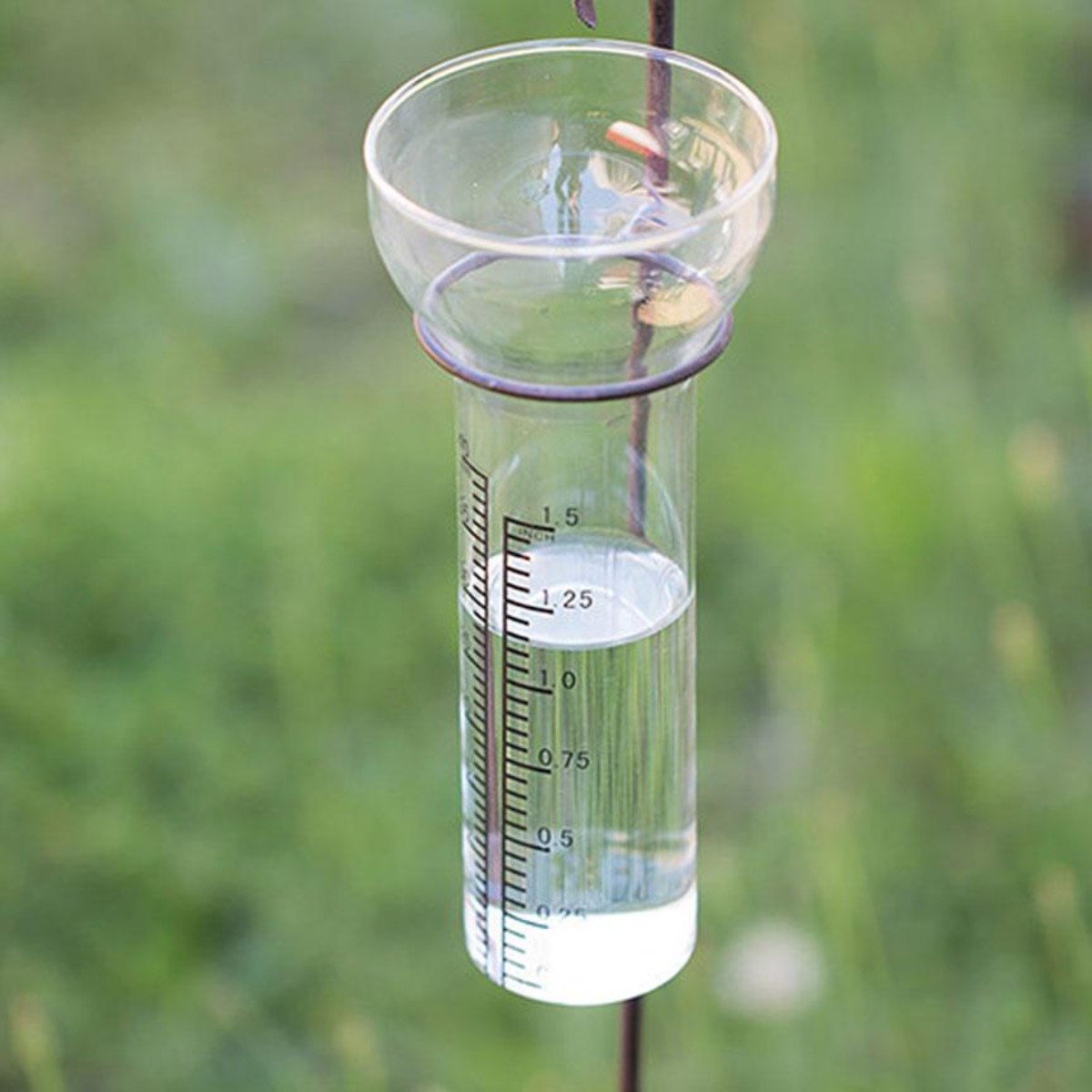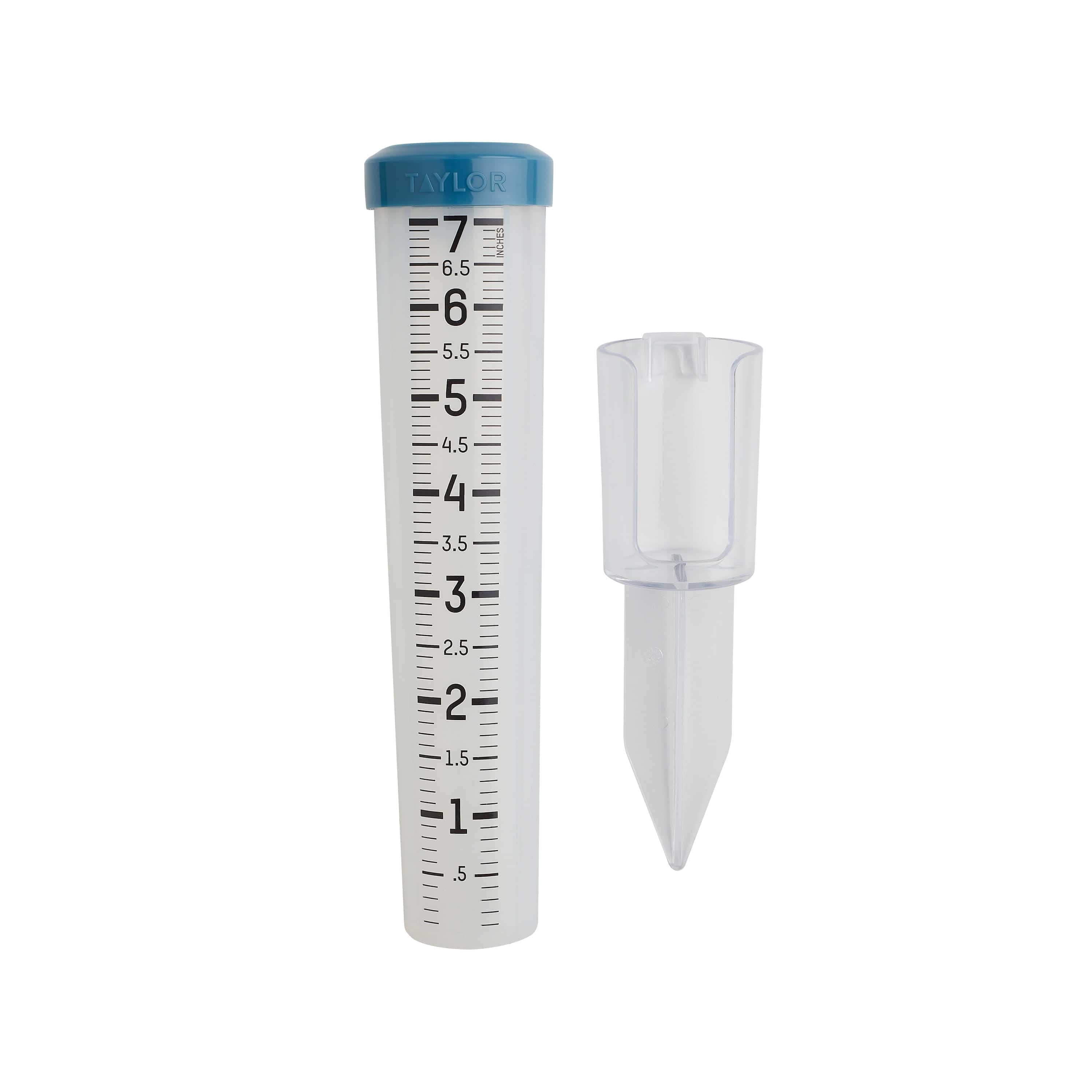Grasping the Science Behind The Rain Gauge: Insights and Innovations Unveiled
Grasping the Science Behind The Rain Gauge: Insights and Innovations Unveiled
Blog Article
Do It Yourself Rain Gauge: Straightforward Steps to Make Your Own
Are you interested in tracking rains in your location? Producing your very own do it yourself rain gauge is a simple and efficient method to measure and tape rainfall. With simply a couple of usual products and some fundamental steps, you can easily build your own rainfall gauge in your home. In this overview, we will certainly supply you with a step-by-step process to aid you develop your very own rainfall scale. No requirement for any type of specialized understanding or tools - this task can be completed by anyone. By following these straightforward directions, you will certainly have a reputable tool to measure rains and contribute to your understanding of the regional weather condition patterns. Let's obtain started on making your Do it yourself rain scale today!
Gather Products
To start building your Do it yourself rainfall scale, collect all the needed products using an extensive checklist of things. Having the best materials on hand will certainly make sure the successful development of your rain scale and enable for precise dimensions of rainfall. Collecting these products in advance will streamline the construction process and make certain that you have whatever you need to create your own DIY rain scale.
Prepare the Container

Mark the Dimension Increments
To precisely measure the amount of rains, properly marking the measurement increments on your do it yourself rainfall gauge is essential. Without clear and accurate markings, it would certainly be challenging to figure out the exact amount of rains accumulated in your rain scale. Right here are the actions to mark the measurement increments on your rainfall scale.
First, pick the unit of measurement that you intend to utilize. The most common systems for determining rains are inches and millimeters. Use a long-term marker or water-proof paint to note the increments on the side of your rainfall scale as soon as you have actually chosen the device. For inches, you can note every quarter inch or every fifty percent inch, relying on your choice. For millimeters, you can mark every 10 millimeters or every 20 millimeters.
When marking the increments, it is very important to ensure that they are these details equally spaced and plainly noticeable. Utilize a leader or measuring tape to ensure precision and consistency. In addition, make certain that the markings are resistant to fading or abrading, as direct exposure to the aspects may cause them to wear away over time.
Place the Rain Scale Outdoors
The rainfall gauge must be placed outdoors to precisely collect rainfall information. The area chosen for the rain scale need to be totally free and open from any kind of blockages that could possibly affect the dimension of rains. It is important to discover an area that is not obstructed by trees, structures, or various other structures that can obstruct the rainfall from reaching the gauge. This will make sure that the accumulated information is representative of the actual rains in the location.
Furthermore, it is essential to place the rainfall scale on a stable surface area, such as a level ground or a durable post. This will certainly prevent any type of movement or tilting of the gauge, which might cause imprecise measurements. It is likewise advisable to prevent putting the scale near any sources of synthetic water, such as lawn sprinklers or drainage systems, as this could interfere with the accuracy of the measurements.
Display and Document Rainfall Information
Routine monitoring and recording of rains data is essential for exact data analysis and analysis. By keeping an eye on rainfall measurements, you can acquire valuable understandings into climate patterns, environment trends, and water source management. To effectively keep track of and videotape rains data, Extra resources it is necessary to develop a routine and keep regular techniques.
To start with, ensure that your rain gauge is placed in an open location away from challenges such as trees or buildings that might obstruct rains. Furthermore, make certain the rainfall gauge is level and firmly anchored to stop any kind of motion that can impact the accuracy of the measurements.

When taping the rainfall information, it is essential to note the date and time of each measurement. Use a leader or a gauging stay with figure out the rainfall depth in the rain gauge, and document this info accurately.
To make certain the accuracy of the dimensions, it is recommended to empty the rainfall gauge after each recording. This will certainly avoid any overflow or dissipation from affecting subsequent measurements.
Conclusion
Finally, creating a DIY rainfall scale is a straightforward and useful way to keep an eye on and tape-record rains data (The Rain Gauge). By complying with the steps laid out in this article, you can easily gather materials, prepare the container, mark the measurement increments, and place the rain scale outdoors. On a regular basis monitoring and recording rainfall information can provide important details for numerous functions
Having the best materials on hand will ensure the effective creation of your rain scale and allow for exact dimensions of rains.To properly measure the quantity of rains, properly marking the measurement increments on your DIY rain scale is vital.The rainfall scale need to be put outdoors to properly accumulate rainfall information. The place selected for the rainfall scale ought to be complimentary and open from any kind of blockages that can possibly impact the measurement of rains.In conclusion, creating a DIY rainfall gauge is a straightforward and functional way to monitor and tape rainfall data.
Report this page